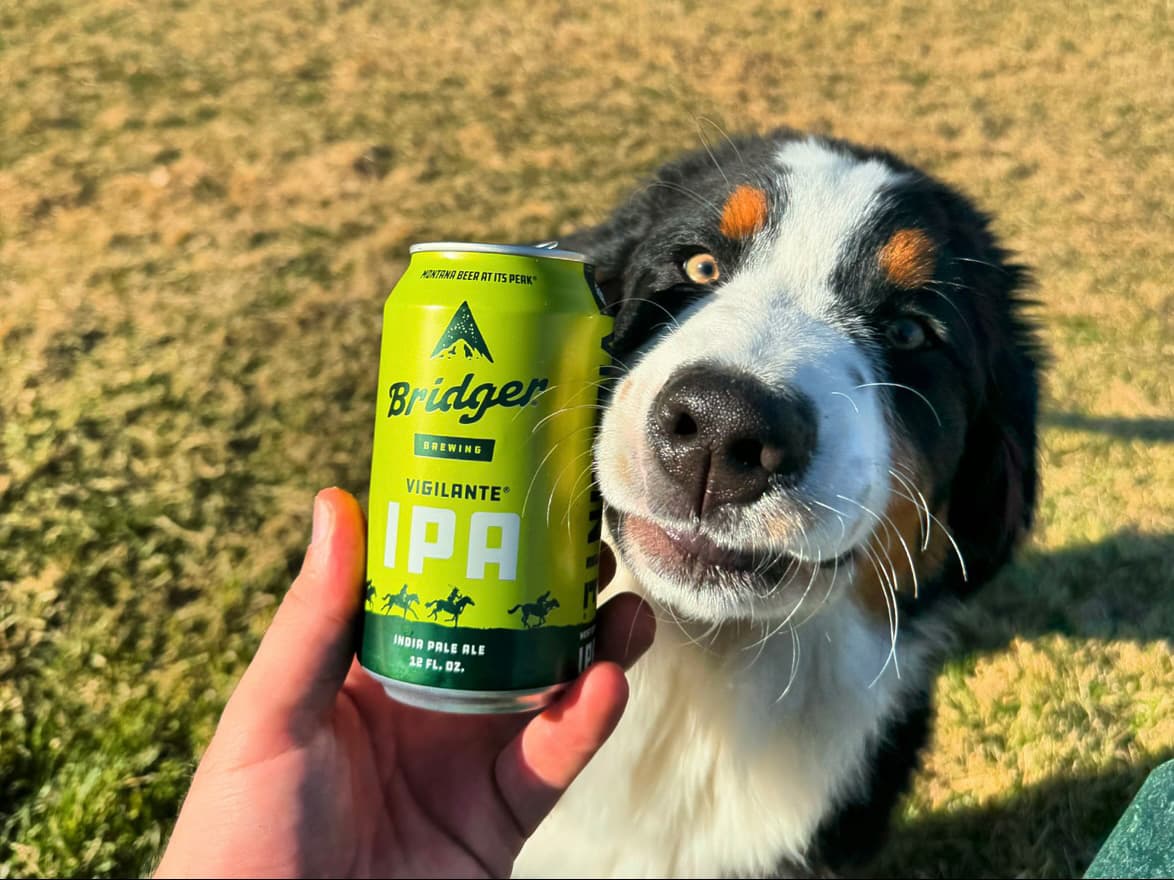
So, Your Core IPA Isn’t Meeting Expectations—Now What?
ALL ACCESSFrom a total revamp to more iterative changes, here’s how you can ensure one of the most important beers in your portfolio keeps up with the times.
21 articles in this category

From a total revamp to more iterative changes, here’s how you can ensure one of the most important beers in your portfolio keeps up with the times.

Craft brewing may not be in expansion mode, but that hasn’t slowed the surge in hop-derived—or hop-inspired—flavor and aroma products for brewers to try. Here’s a look at what’s new and on the horizon.
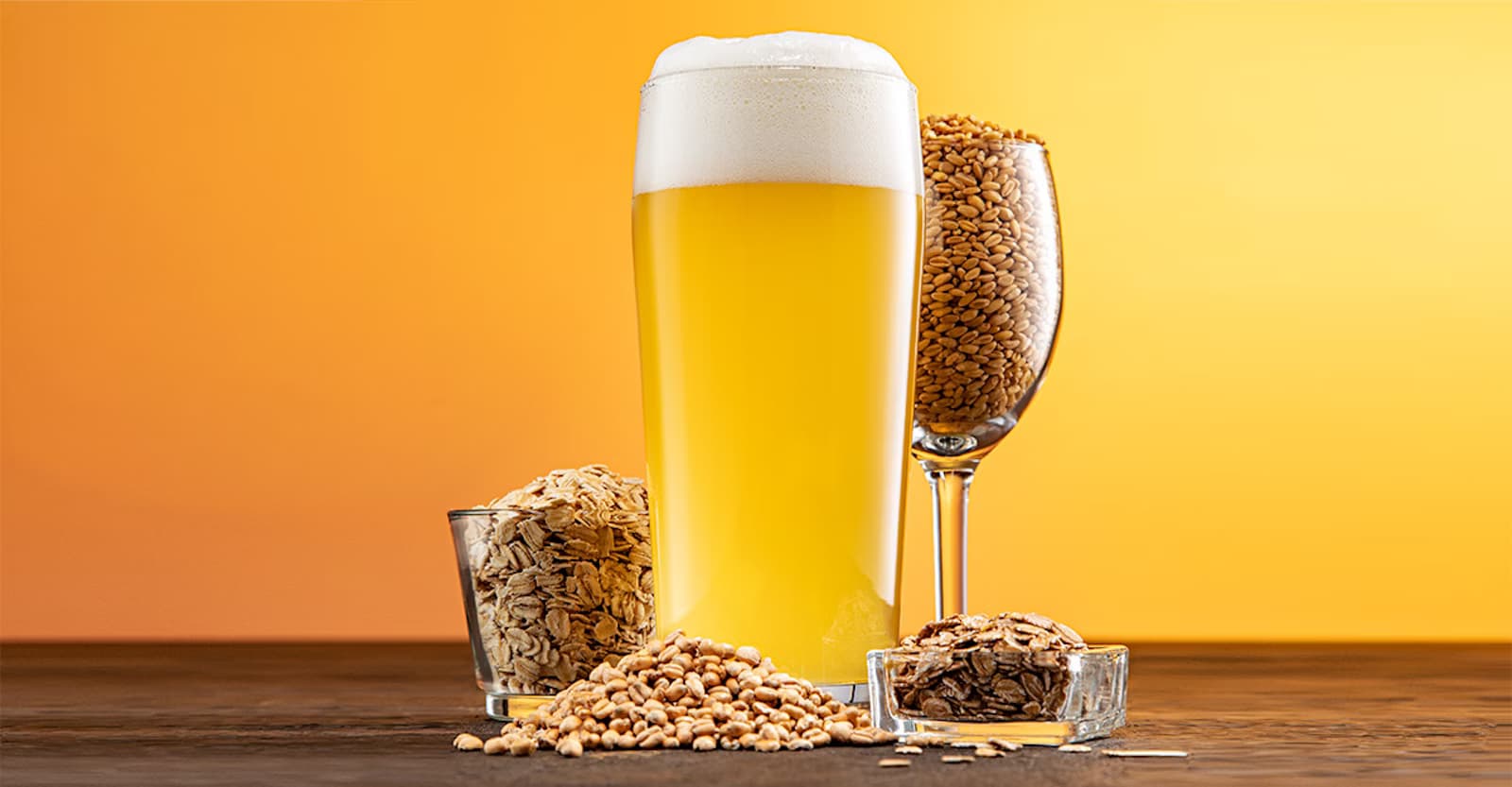
Amid the enduring popularity of soft, pale, hazy IPAs, maltsters have worked to develop wheat malts specifically meant to fit the (grain) bill. Here are two examples, with insights from brewers who use them.
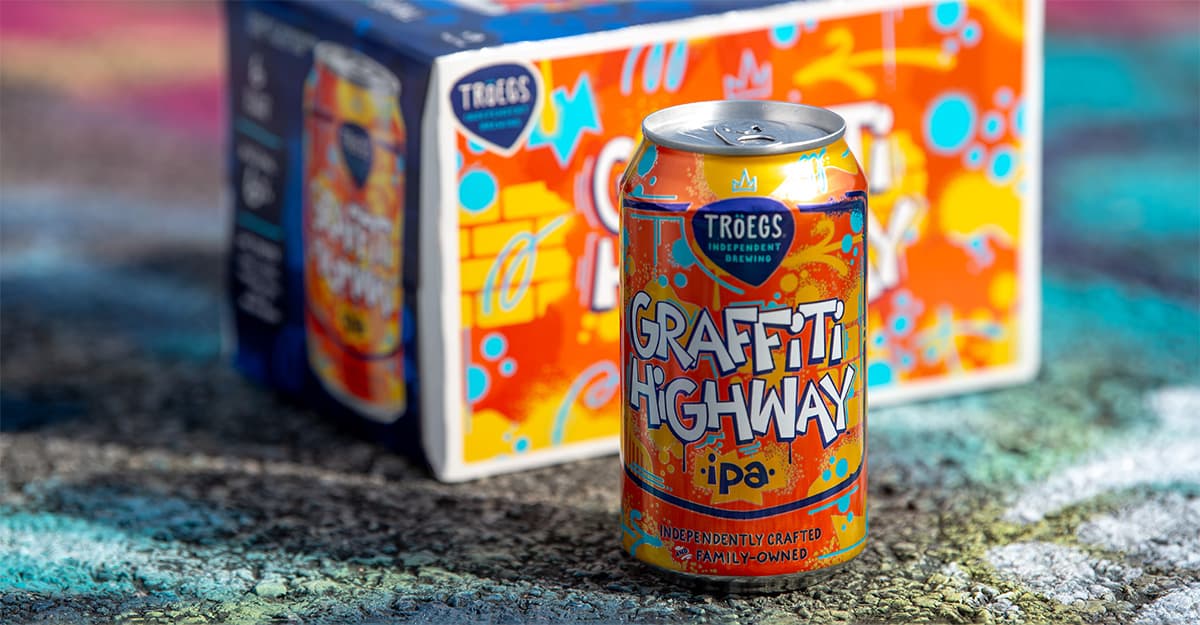
Brewers share strategies for reducing costs on craft beer’s most competitive style.
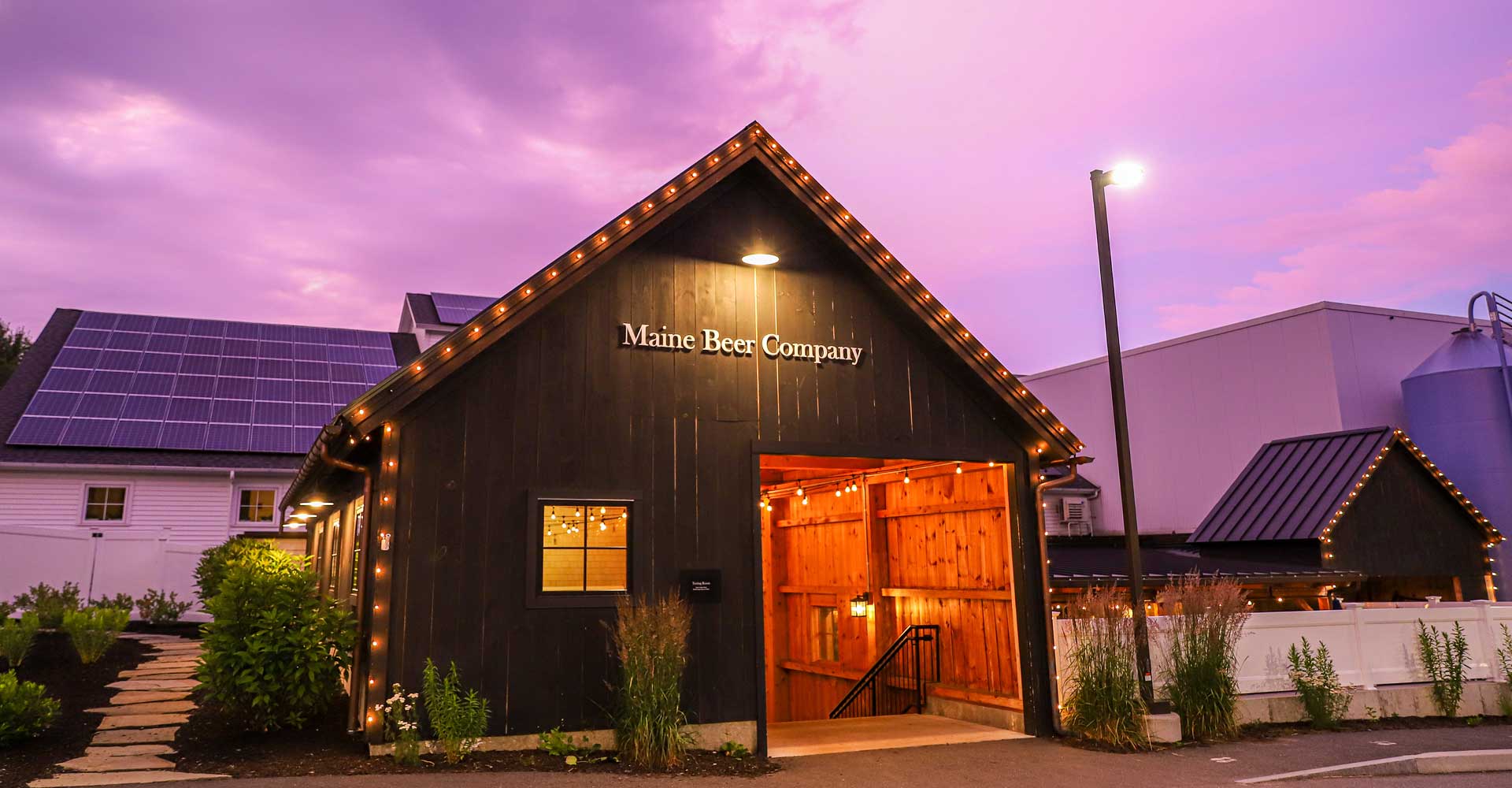
Without wavering from its core beers or mission, this 15-year-old brewery is enjoying steady growth and planning for more. Here’s what its team has learned about the merits of staying true to the principles that got them there. (It helps when people are always ready for Lunch.)
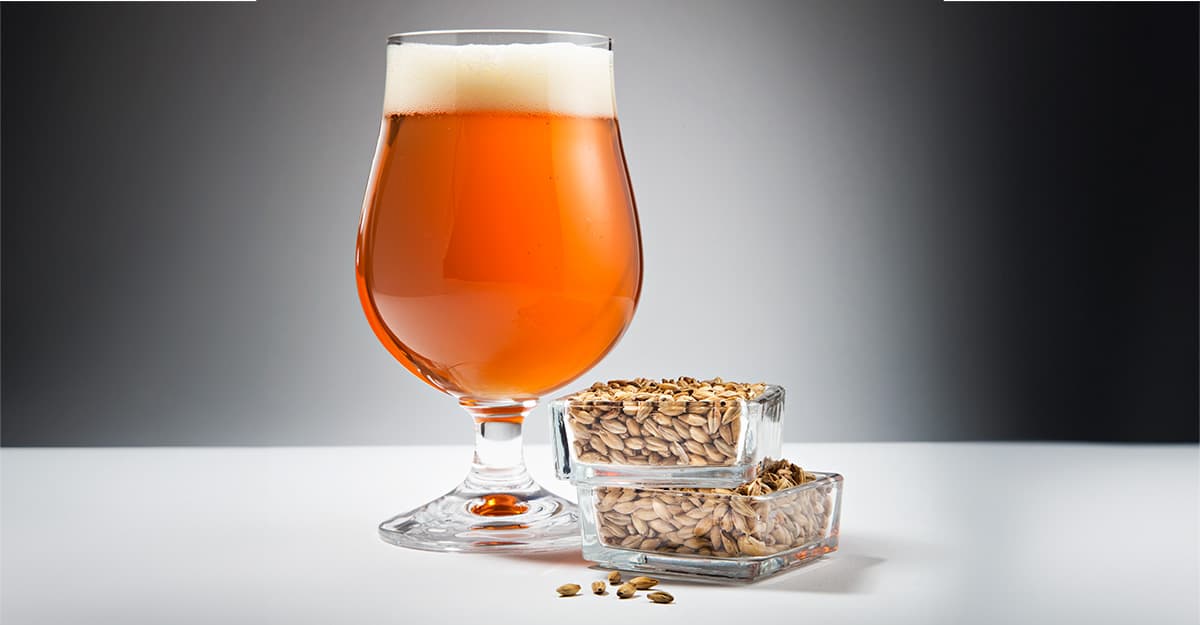
In IPAs, hops do the talking, but building the right platform gives them the best chance to have their say. Here, a few award-winning brewers share advice on creating that malt base—especially for the American and West Coast styles—plus, we look at a new base malt designed especially for IPA.

Organized by the Oregon Brewers Guild and open to breweries across the country, the inaugural Best of the West Coast IPA National Throwdown recently named its winners from among 200 entries.
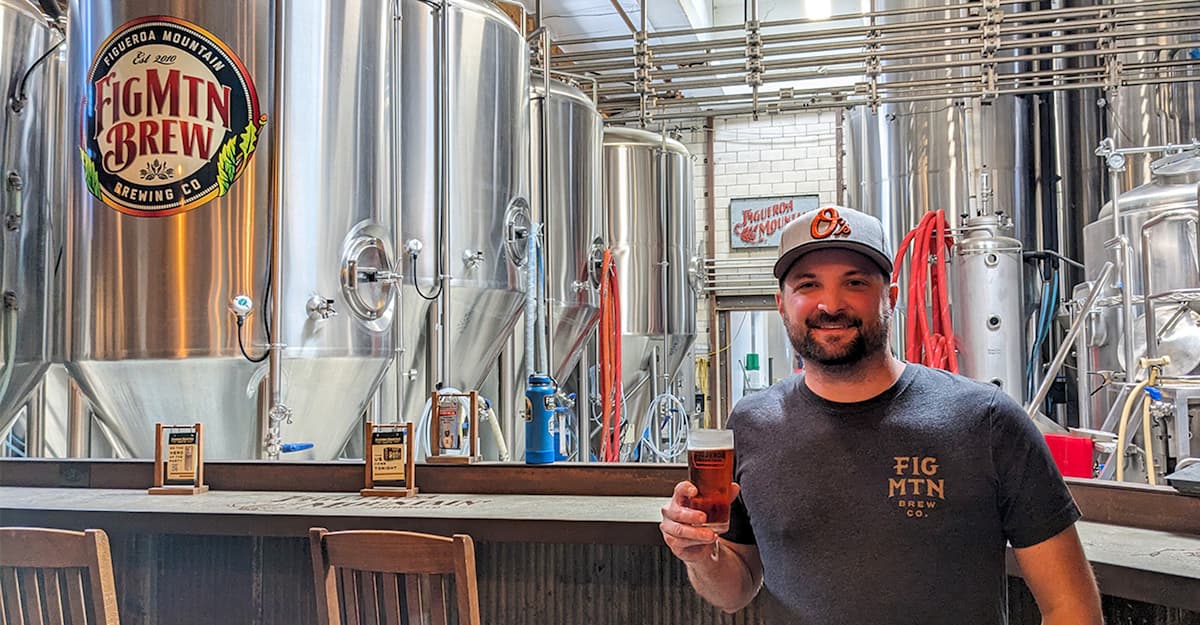
Kevin Ashford, the award-winning brewmaster at Central California’s Figueroa Mountain, has some thoughts on the future of lager and New World hops. Are we already looking at the next pivotal moment in the evolution of craft beer?
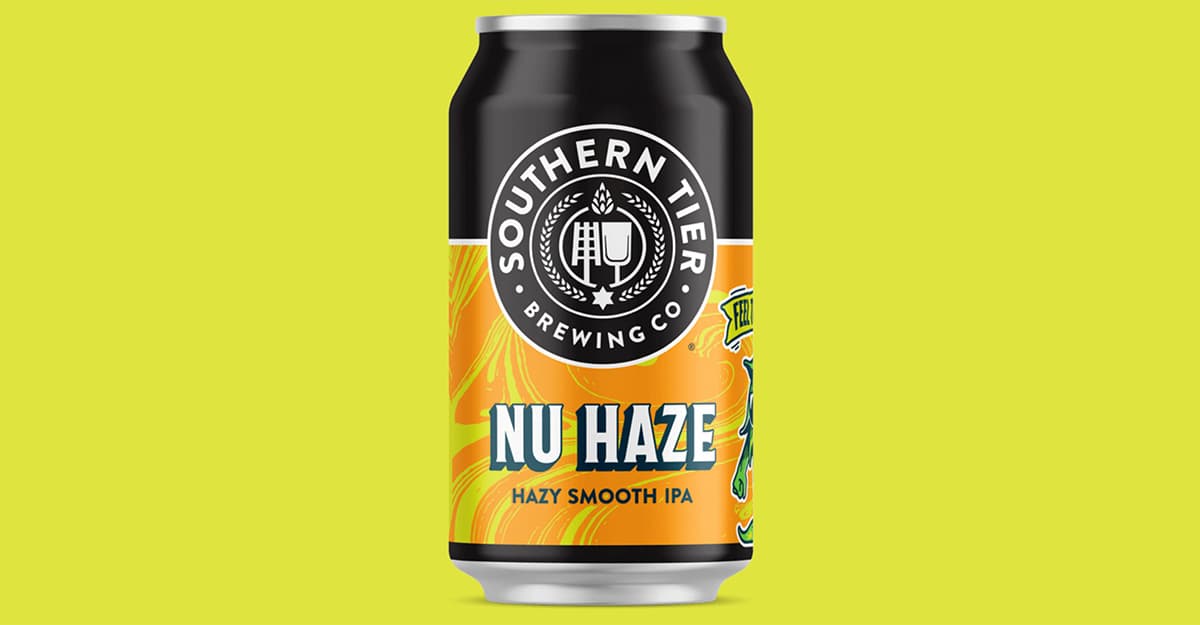
Inspired by traditional farmhouse brewing, and further propelled by positive results—including increased sales—some brewers say they’re getting better beers without boiling.

A recent release at California’s Firestone Walker may be a window into where IPA is headed, going for clarity and lean fermentation while borrowing hop-saturation hocus-pocus from the hazy grimoire. Brewmaster Matt Brynildson explains.

Sales of imperial IPAs are outpacing their standard-strength counterparts. Yet breweries need to find the right packaging mix, price point, recipe, and marketing to keep margins in line.
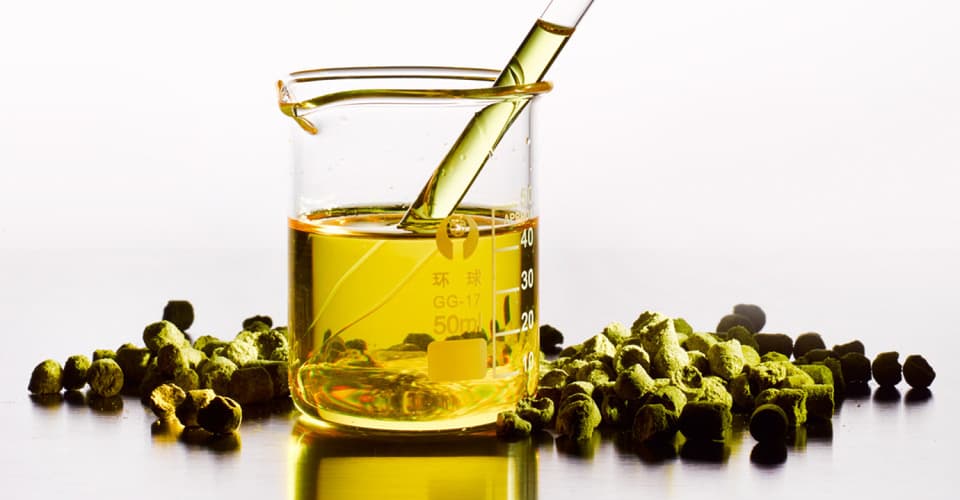
New hop-derived products for aroma and flavor are appearing faster than brewers can learn how best to use them. Stan Hieronymus is here with a primer.
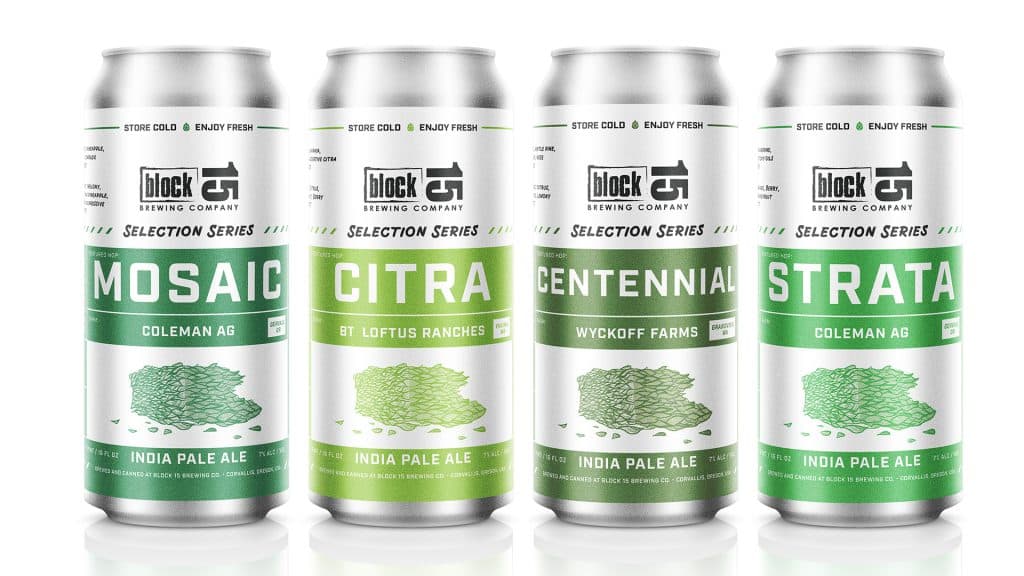
Terroir in hops is real. Even the same varieties grown in nearby fields can wind up with different attributes, and beloved varieties can vary from farm to farm and lot to lot. Some drinkers are interested, too—and might pay a premium.
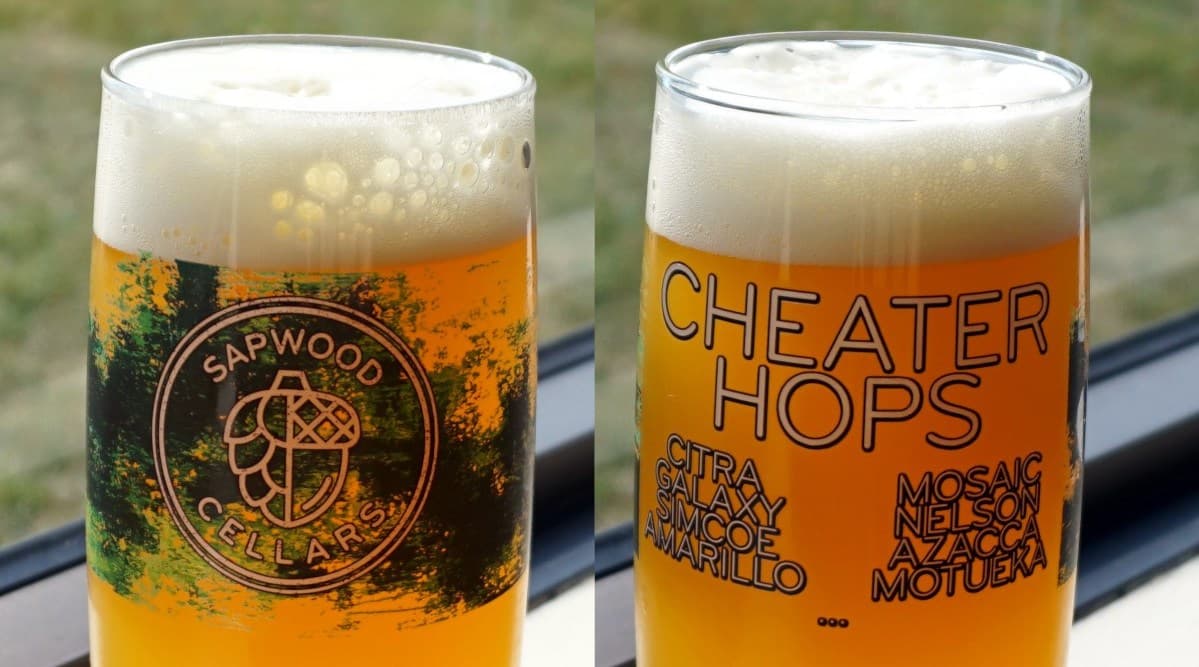
There are “cheater” hops and there are “cheaper” hops, but the latter can also offer the big exotic aromas and flavors that are popular today. Stan Hieronymus has specific suggestions for varieties and how they might be employed in the brewhouse.
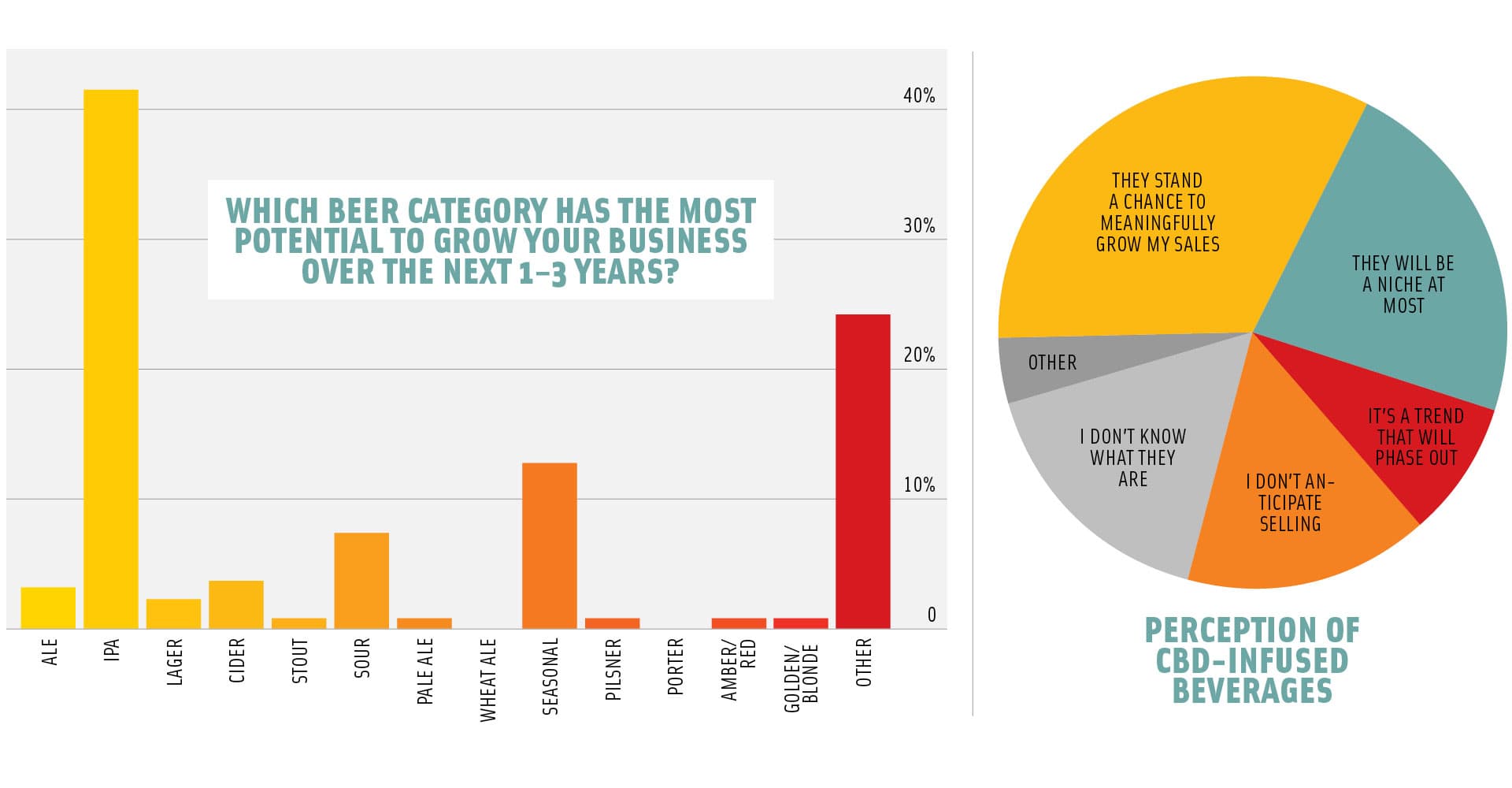
The alcohol delivery platform Drizly recently conducted a first-of-its kind survey of retailers in its network. Here are some of the more interesting findings.
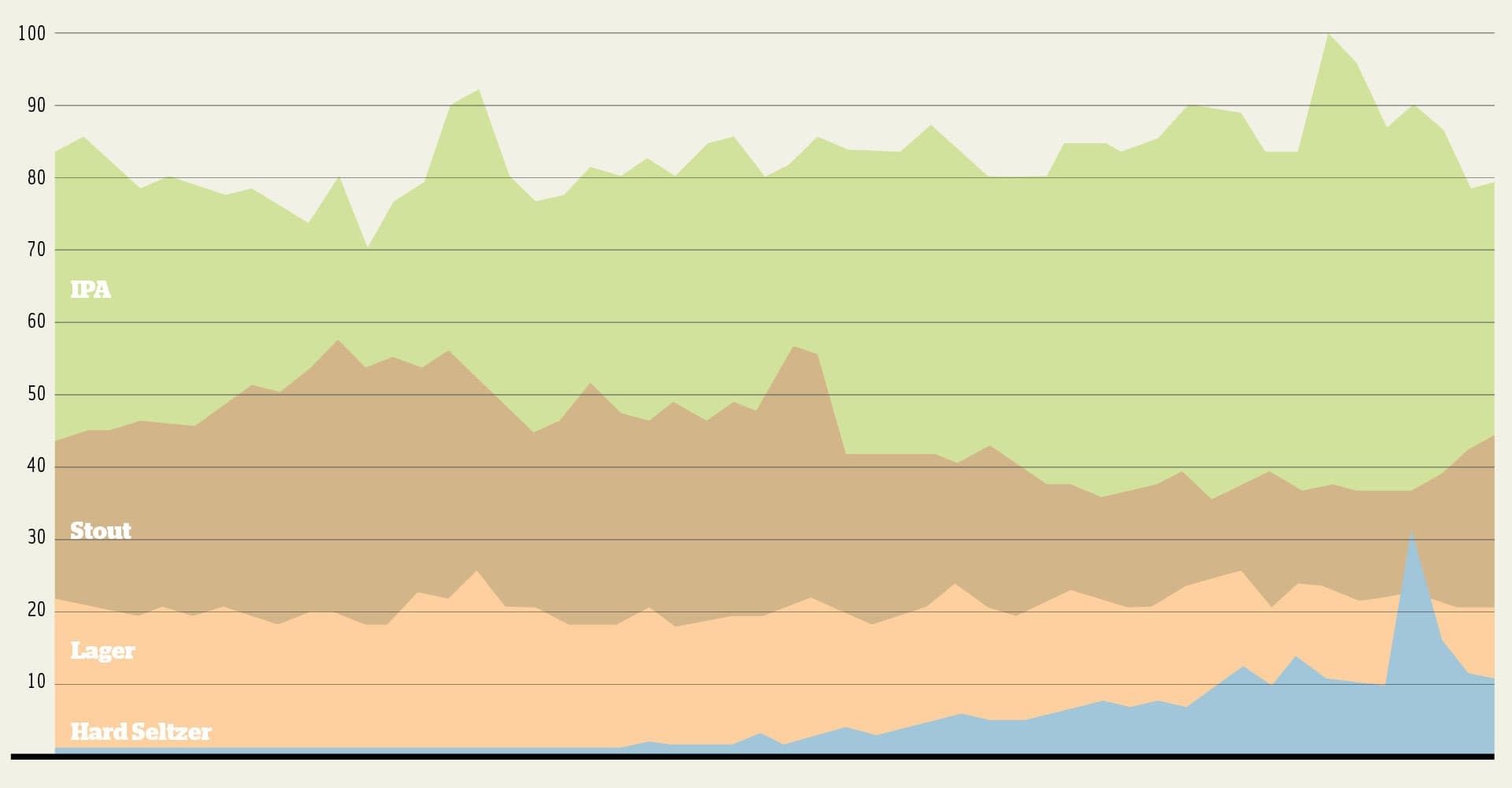
Seltzer or stout? Here's a look at what beer styles have been on people's minds (according to Internet searches).

A made-up word, a popular red ale, a community-minded brewery that is expanding. The Vikings behind Drekker Brewing Company in Fargo, North Dakota, are coming for you. Don’t be scared. Get excited.

Other Half Brewing, long the sought-after IPA and stout maker in Brooklyn, New York, is expanding operations, but that doesn’t necessarily mean it is getting bigger.
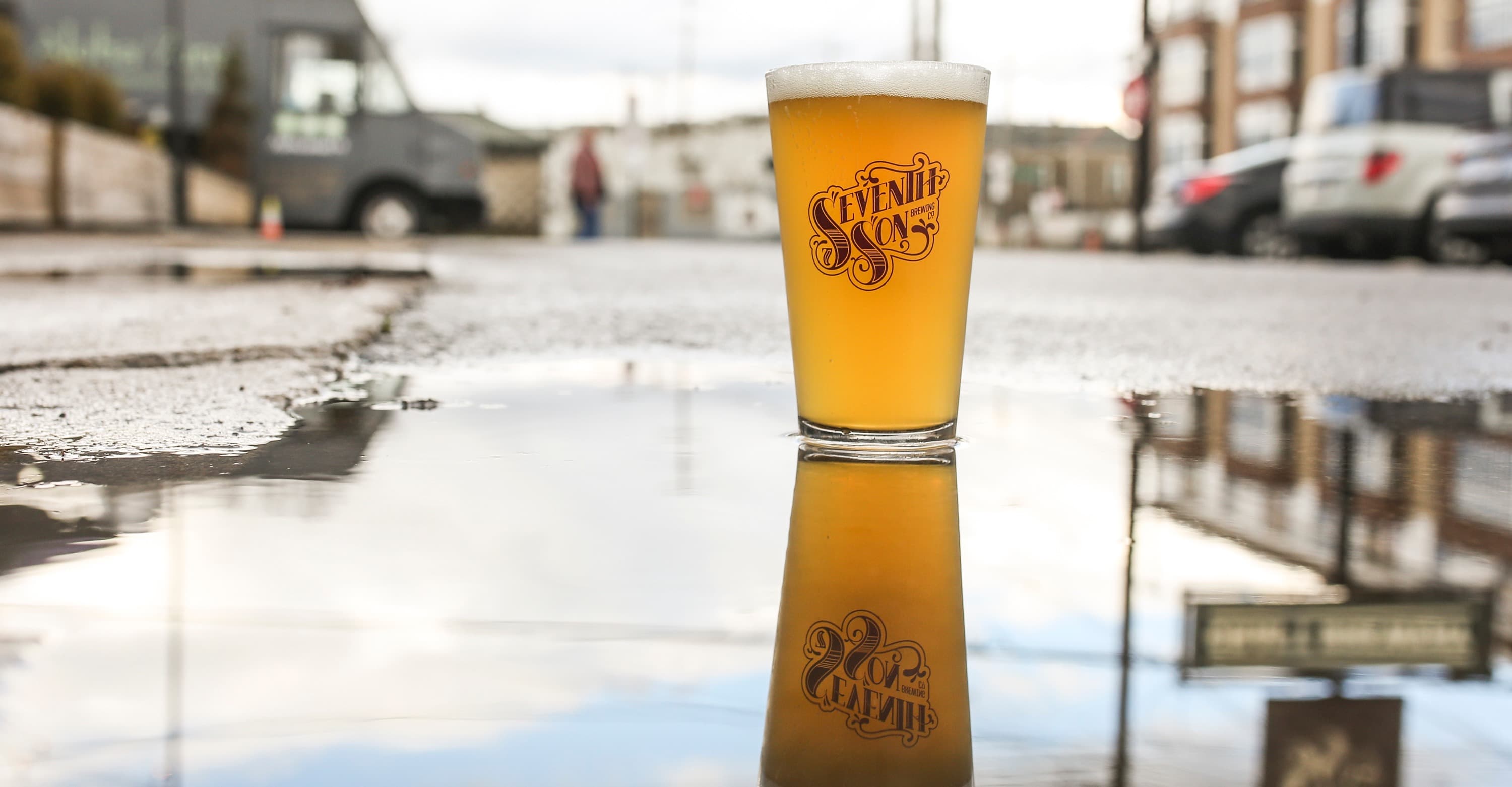
Seventh Son Brewing Co. in Ohio built a strong reputation on traditional recipes. When it came time to embrace the new, currently in-fashion styles, they opened a second location—in a former antiques shop.

To re-pitch yeast or to “pitch and ditch”—that is the question. Doing a cost analysis can help hazy IPA brewers of all sizes really think about the best yeast option to not only create a desired beer but also to keep the bottom line in the black.